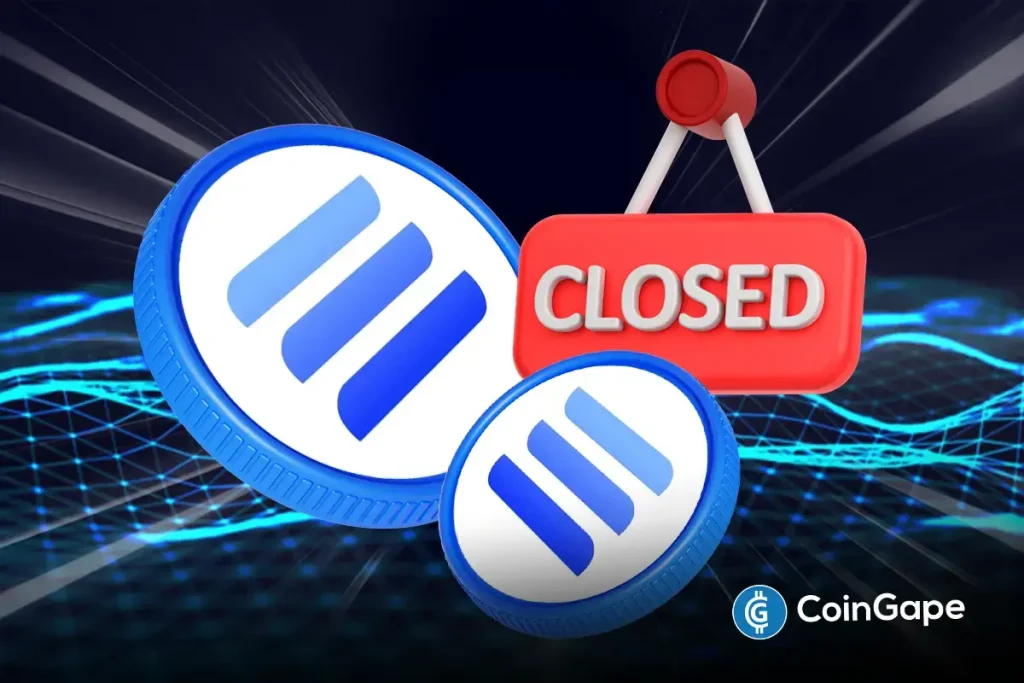Title: The Closure of Linear Finance: Understanding the DeFi Protocol’s Downfall
Introduction to Linear Finance’s Closure
Linear Finance, a notable decentralized finance (DeFi) protocol, has announced its decision to cease operations, a move that sent shockwaves through the cryptocurrency market. In a recent post on X (formerly Twitter) dated March 27, the company issued a ‘Notice of Closure.’ The announcement has major implications for the protocol’s native token, LINA, which suffered a dramatic crash, experiencing weekly losses of approximately 70%. The closure serves as a critical case study of the challenges faced by projects operating within the volatile and competitive DeFi space.
Reasons Behind Linear Finance’s Struggles
The decision to shut down was rooted in persistent financial difficulties experienced by Linear Finance. The team communicated that despite earlier efforts aimed at promoting innovation and expanding the protocol, these initiatives did not yield sustainable financial returns. Since its inception in 2019, the project only enjoyed a brief period of profitability but has since battled significant financial hurdles. The announcement brought to light the growing concern within the DeFi sector about the sustainability of financial models reliant on token liquidity and external funding.
Impact of Binance’s Delisting on LINA
Adding to Linear Finance’s woes, the situation was aggravated by the recent decision made by the Binance cryptocurrency exchange to delist the LINA token. This decision led to a staggering 65% loss in market capitalization for LINA, compounding the financial difficulties already facing the protocol. The delisting underscored the challenges for cryptocurrencies reliant on visibility and trading volumes on major exchanges, illuminating how external factors can severely impact a project’s financial stability. Stakeholders essentially converged around the decision to wind down operations, leading to the eventual issuance of the ‘Notice of Closure.’
Market Reaction and LINA Price Dynamics
The market reaction to Linear Finance’s closure was immediate and severe. LINA’s price plunged by 6% shortly after the official announcement, trading at approximately $0.0006215. The token’s intraday trading range fluctuated between $0.0006091 and $0.0009516. When examining both weekly and monthly performance, it became evident that LINA had faced catastrophic drops of 67% and 72%, respectively. Investors and traders were left to speculate about the future implications of this closure, monitoring the cryptocurrency landscape for further fallout.
Lessons Learned from Linear Finance’s Downfall
The case of Linear Finance stands as a cautionary tale for the broader DeFi ecosystem. It highlights the inherent risks associated with cryptocurrency projects, particularly those that depend heavily on market dynamics and exchange listings. It also raises pertinent questions regarding the long-term viability of financial models that do not prioritize sustainable revenue generation. For other DeFi protocols, Linear Finance’s decline serves as a reminder of the importance of developing robust mechanisms for financial health and market adaptability.
Conclusion: The Future of DeFi in Light of Market Changes
As the dust settles on the closure of Linear Finance, the DeFi sector must reflect on the lessons learned. The cryptocurrency market continues to evolve rapidly, with volatility remaining a significant characteristic. Investors should approach ventures within this space with caution, armed with careful research and an understanding of the associated risks. The closure is a stark reminder that even innovative platforms can falter without a solid foundation. As the DeFi landscape continues to change, stakeholders must remain vigilant, focusing on sustainability and risk management to navigate future challenges successfully.
In summary, the saga of Linear Finance illustrates not just the fragility of DeFi projects but also underscores the need for robust business models in an ever-volatile market. As developers and investors navigate these turbulent waters, learning from the experiences of Linear Finance will be crucial in building a resilient future for decentralized finance.


